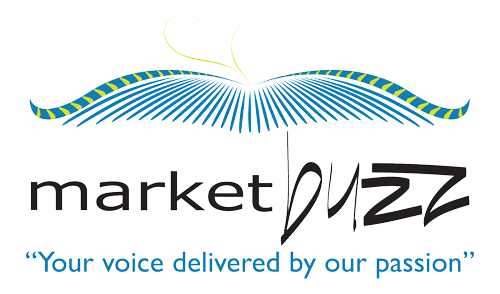From virtual unknown to becoming a household name is what most companies aspire for, whether they are selling products or services, mainly because it means good sales that will eventually lead to business stability. Imagine the kind of exposure and traffic you would get if your business or product/s get featured in a major newspaper, magazine, an online platform, a famous celebrity, or even a social media blogger or influencer. That’s certainly a huge media mileage to create a brand, especially in this digital age. Indeed, there’s no substitute for good press coverage.
So how do you start and make it easier for the web media, newspapers, magazines, bloggers, vloggers, etc., to know more about your company and products? You start with an amazing MEDIA Kit which essentially provides comprehensive information about your company, your products or services, with the ultimate goal of getting press coverage.
During this pandemic, electronic MEDIA Kits, which include fact sheets and images for media outlets to use, are commonly distributed instead of handing out the more traditional paper materials due to new health and safety protocols in place.
So what should you include in your Media Kit? Here are some basics.
- Press Release – New product launches, company innovations and projects, management structural changes, product promotions, earnings, milestones, or any other major announcement that will help journalists and their audience gain a better understanding of the company. If there are numbers quoted, always good to include reference links to justify how you got the numbers.
- Media or PR contact information – Journalists or the editorial team sorting out PRLs may likely have some questions about the information they received from your company so it’s best to keep the communication line open by specifically indicating who to contact in case of questions or clarifications. This may include both the PR firm that the company hired or its in-house communications team. List their email address and direct office number, even company issued mobiles, if possible.
- Company Background – This brief “About Us” is an important aspect of the Media Kit to give journalists, and ultimately, the readers an overview and a bit of history about the company. Often, it highlights the company’s accomplishments backed up with numbers.
- Biographies and Headshots of the Leadership Team – The Media Kit also often includes brief biographies of the company’s top executives along with their high-res headshots in either JPG and PNG file formats. This is used as a reference to easily identify those referred to in the company issued press release or statement or the executives that the journalists interviewed.
- B-roll footage and still photos – Share B-roll footage, if available, for download to speed up the process of putting together a news story about the company. Videos and still photographs are equally essential, especially if you’re dealing with print media like magazines and newspapers, or even online channels for that matter. Make sure that are the videos are labelled accurately as well as compressed to minimize download time and file space. Perhaps Dropbox or Google Drive or One Drive links are preferable so that they do not expire and can be accessed easily and not take up storage for the media
- Logos – Include different logo options that the media can use in reference to the company to make sure that the brand is properly represented.
Along with these basics, you may want to consider sharing the organization’s quarterly or annual report to give the media a better perspective about its growth.
The MEDIA Kit should also be made available on the company website’s newsroom, including the assets like videos and photos. If possible, so the press can easily access the information if needed, including others who may be interested to learn more about the company or the organization.
Always remember the MEDIA Kit is one of your best tools to spread the word about the company’s key information, products or services, key people, and facts, without any journalist necessarily talking to someone from your organization. This saves you and the media time while keeping the public informed about your business.


